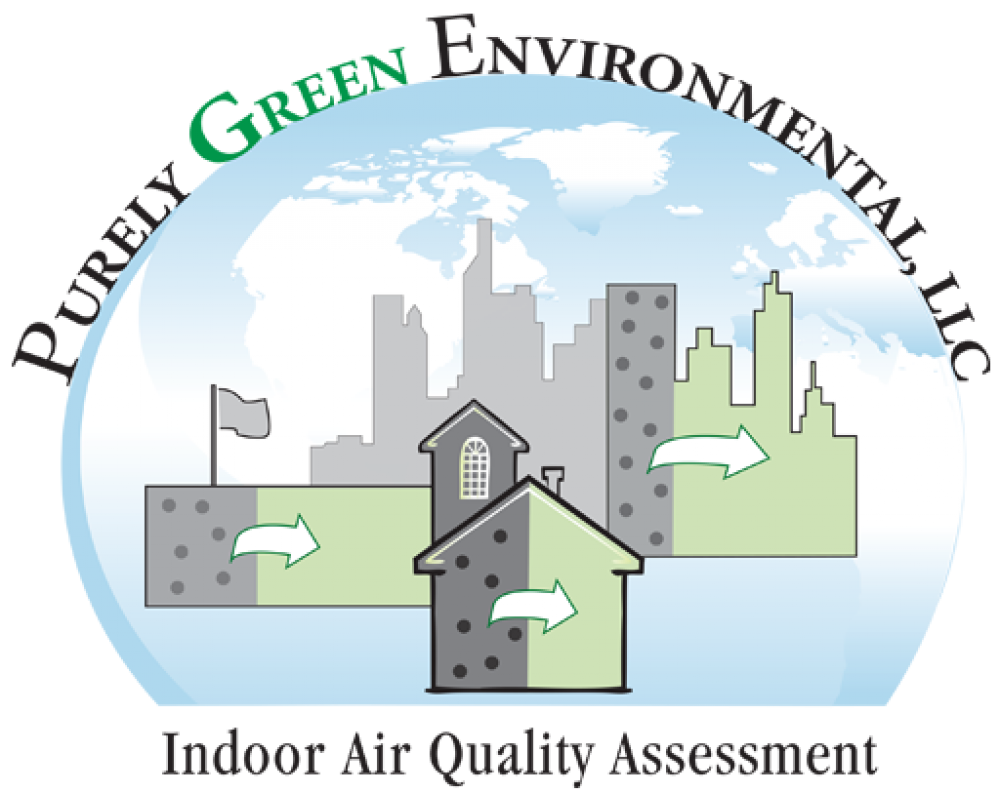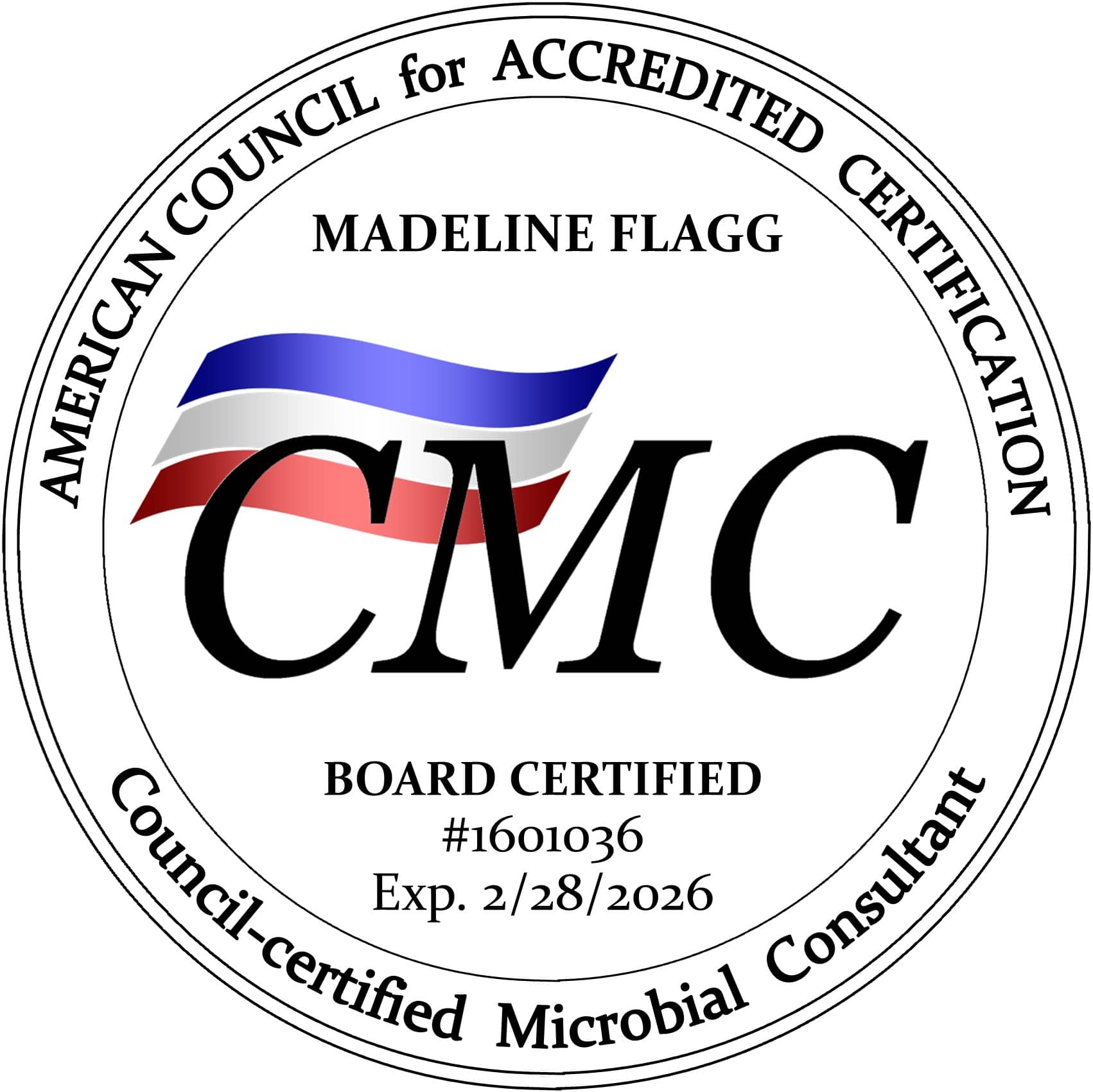Icicles hanging from your roof may look pretty, but they actually indicate problems you need to address. Ice along the edge of your roof is the result of ice dams, which occur when the roof deck is warmer than the outside air. Attic insulation works in two directions, keeping the inside warm and the outside cold. When there are breaches in the insulation, the roof deck heats up, melting the snow on your roof. The water from the melting snow then flows down the roof until it reaches the eaves, where it refreezes. As this process repeats, the ice builds up, forming icicles. But what does this have to do with air quality and mold testing?

What do ice dams and icicles have to do with air quality and mold testing? Our team at Purely Green Environmental explains.
Vent Blockages and Condensation
Insulation isn’t the only thing that maintains the temperature of your roof. Vents allow air through the roof, regulating the temperature and preventing moisture buildup. If ice is blocking these vents, the air can’t flow, and the moisture builds up, leading to condensation.
Condensation, combined with the heat inside your attic, produces humidity, creating the perfect environment for mold growth. If left untreated, this can cause not only poor indoor air quality but also structural damage to your home’s roof, framing, and insulation. All of these factors can contribute to your home’s overall poor indoor air quality.
Do You Need Mold Testing?
If you have ice dams on your roof, you should check your attic for signs of mold to determine if you need air quality testing. Look for excess moisture on the rafters and wood decking in your attic. Check for rust on any hardware, as that is a sign of roof leaks as well as condensation. Use a high-powered flashlight to look for mold growth. There are several varieties of mold, but most of them grow in patches of green, gray, black, and white. If you identify any of these signs, you should arrange for professional mold testing to determine the extent of the problem and how to deal with it.
Mold Testing from Purely Green Environmental
Our team at Purely Green Environmental will help you have a safer, healthier, and cozier winter. Our mold testing and remediation techniques will improve your home or office space.




